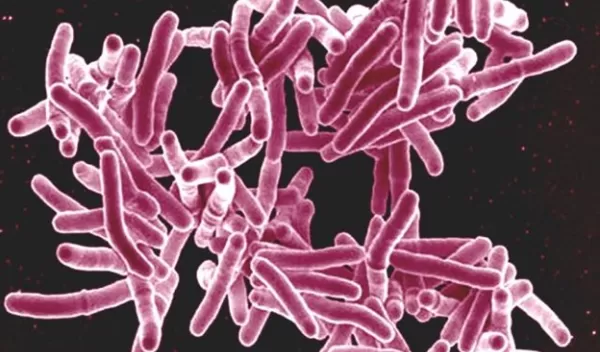
Researchers discover how tuberculosis bacteria mutate to form antibiotic-resistant films
Tuberculosis, the second leading cause of death globally, is a highly infectious, hard to treat and difficult to contain disease that causes preventable deaths daily.
A team of researchers supported by a grant from the U.S. National Science Foundation studied Mycobacterium tuberculosis bacteria and discovered they can mutate to form thick biofilms. Biofilms are structures formed by bacteria to resist infection-fighting agents. The findings could lead to improved diagnostic and treatment tools, and more effective infection controls, to combat this public health threat.
"TB remains a challenging infection to treat due to the bacterium's ability to persist in the face of antibiotic and immune pressure, and to acquire novel drug resistances," said Madison Youngblom, an NSF graduate research fellow and co-first author of the study. "To better treat and control TB, we need to understand the sources of the bacterium's robustness and identify its vulnerabilities. We wanted to learn more about how it is able to form biofilms by discovering the genetic regions involved in biofilm growth, as well as how the bacterium evolves in response to changes in its environment."
Using several related strains of M. tuberculosis, the team experimentally evolved the bacteria, selecting for altered bacteria better able to form biofilms. The researchers documented the properties of the biofilms and captured images as the structures developed.
The biologists determined that each strain evolved to develop a thicker biofilm. The team found evidence that suggests the genetics from the parent strain of the bacteria influenced biofilm growth, indicating that even the small number of genetic differences between the strains affect how each mutates and responds to environmental stressors.
"Bacteria are prone to growing as biofilms in many contexts, including the infection of humans and other hosts, and during colonization of natural and built environments," said senior author Caitlin Pepperell. "The insights gained from our work could be used to explore potential new antibiotics that are better able to attack bacteria that grow this way. We imagine such biofilm-directed therapies for TB would likely be add-ons to conventional therapy to help shorten and simplify current treatment strategies."


